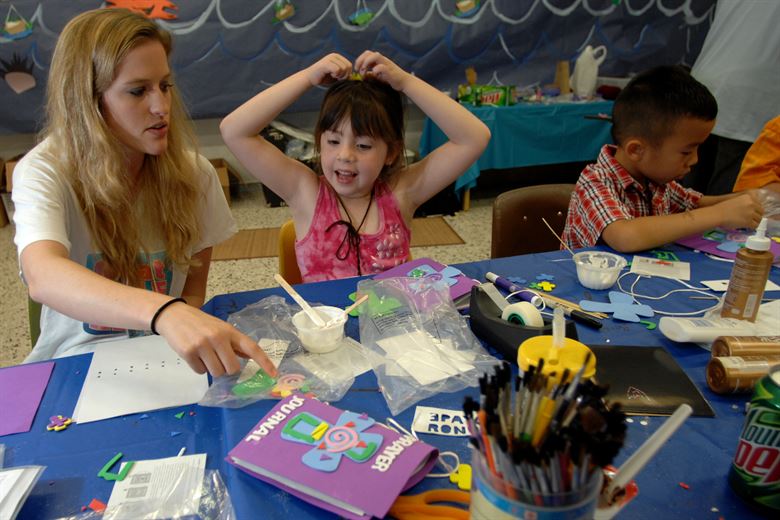Unlocking Potential: Understanding the Reggio Emilia Approach to Early Childhood Education
3 min read
The Reggio Emilia approach for early childhood education offers a unique and powerful way for children to learn and develop. It is an inspiring philosophy that focuses on the innate curiosity of children and seeks to foster their natural desire for meaningful exploration. Using a holistic and child-centered approach, this educational model utilizes a range of tools to nurture the development of the whole child, including their emotional and intellectual capabilities. The Reggio Emilia approach emphasizes the importance of collaboration between the teacher, the learner, and their surrounding environment. By creating an environment that values exploration and discovery, children are free to interact with the materials and resources around them to explore their world in an imaginative and meaningful way. In this blog post, we explore the key principles of the Reggio Emilia approach and the potential it unlocks for children, teachers, and parents. We consider the range of experiences and opportunities afforded to young learners, including the capacity for self-expression, problem-solving, and creativity
- Focus on the child’s natural potential
One of the core principles of the Reggio Emilia’s approach for early childhood education is to focus on the child’s natural potential. This means that educators strive to create an environment in which each child is encouraged to reach their own unique goals, utilizing their own interests and skills. By providing ample opportunity for exploration, play and collaboration, educators are able to nurture children’s natural enthusiasm, creativity and curiosity. Educators also recognize the importance of each child’s family and community, and strive to provide a supportive environment where parents, teachers and other adults may collaborate to create meaningful learning experiences. This emphasis on collaboration and communication helps to ensure that each child’s unique strengths and potential are unlocked and developed.
- Encourages a collaborative learning environment
Understanding the Reggio Emilia approach to early childhood education involves recognizing the power of collaboration between teachers and students. One key element of this approach is the encouragement of a collaborative learning environment. Teachers and students work together to create a learning experience that is engaging and meaningful, focusing on individual and group expression and exploration. Teachers provide guidance and resources, while the students lead the way in their own learning journey. This approach also encourages children to take ownership of their learning, helping them develop life-long skills for problem-solving, collaboration, and creativity.
- Emphasizes the use of natural materials and creative expression
The Reggio Emilia approach to early childhood education emphasizes the use of natural materials and creative expression as a means of providing children with the opportunity to learn and develop. This type of education encourages children to explore their environment and use natural materials to express their ideas and feelings. This approach also values the use of open-ended activities, allowing children to explore their own interests, and encourages collaboration between children. Furthermore, teachers and educators create an environment that is respectful of children and fosters their autonomy, initiative, and self-expression. By emphasizing the use of natural materials and creative expression, the Reggio Emilia approach provides a unique and meaningful learning experience for children.
To conclude, the Reggio Emilia approach offers a unique perspective on early childhood education. By focusing on student-led inquiry, creative expression, and collaboration, the Reggio Emilia approach emphasizes the potential of all students and promotes a cooperative learning environment. By understanding and embracing the Reggio Emilia approach, educators can help unlock the potential of their students.




